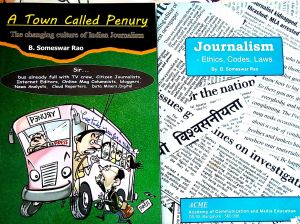
ONE OF THE FAMOUS POEMS by John Milton (Don’t know? Ask Google) is ‘On His Blindness‘. That set me thinking — of MY future blindness.
One of my parents went blind due to glaucoma (eye pressure) months before death. I was told that it was genetic and so I must get checked. Expectedly, when I did, it was glaucoma. Anyone whose parents (or one one them) had glaucoma MUST have an eye-check, I was told, After expensive field vision tests thrice, I was just told to take care. No surgery was advised. Perhaps it was too late.
So, resigned to turning blind (again, I hope, just for months before death) I downloaded seve ral of Librivox audio books. After hearing 19 books of P. G. Wodehouse, it occurred to the old cerebrum: Without sight, how can I know which book to hear and how to start it on the device?
ral of Librivox audio books. After hearing 19 books of P. G. Wodehouse, it occurred to the old cerebrum: Without sight, how can I know which book to hear and how to start it on the device?
So that set me thinking about blindness and trying to find my way around with eyes closed. I recalled a delightful essay by E. V. Lucas, (who? Google again) which I read decades ago, about a small puppy he named ‘Lord of Life’ for its liveliness. Just to know how the puppy looked at the world, Lucas went around on all-fours looking up at people and things.
That gave him a new view of the world. But how about people who had no vision, or sight, at all? After my social work group organized a vintage car rally with blind navigators carrying route directions in braille, it occurred to me that the whole society/community/country is blind – to the plight of the blind.
So I planned (but could not put through) a public awareness drive with several persons marching blindfolded, running into people, bumping into things, carrying placards on how to treat the blind and respect the white cane – the worldwide symbol of the blind.
It was again in my social work days that I learnt about white cane, mobility training and serving blind people (“The curry is at 9 0’clock and Dal at 3” would make it clear to them when an Indian food plate is kept before the blind). In those days a blind Ph.D. student told me how she could match the colours of her saree and blouse. She associated a colour with each texture she knew by touch – like rayon, linen, cotton, silk, poplin or Georgette.
Editing reports for a consultancy firm, Erin, I found there a blind telephone operator who remembered people by voice, could dial numbers and give extensions. He was also the captain of the state’s blind cricket team.
I recalled interviewing as a cub reporter some 60 years ago, an Indian professor of New School of Social Research, New York, who went around that bustling city with the help of just a white cane.
In India he would have fallen into road potholes or on uneven footpaths, abused, pushed around, bumped into and shouted at by many: “Are you blind?”
He WAS blind.
Or was it the sighted people around, blind to his white cane and black goggles, who were really blind?
